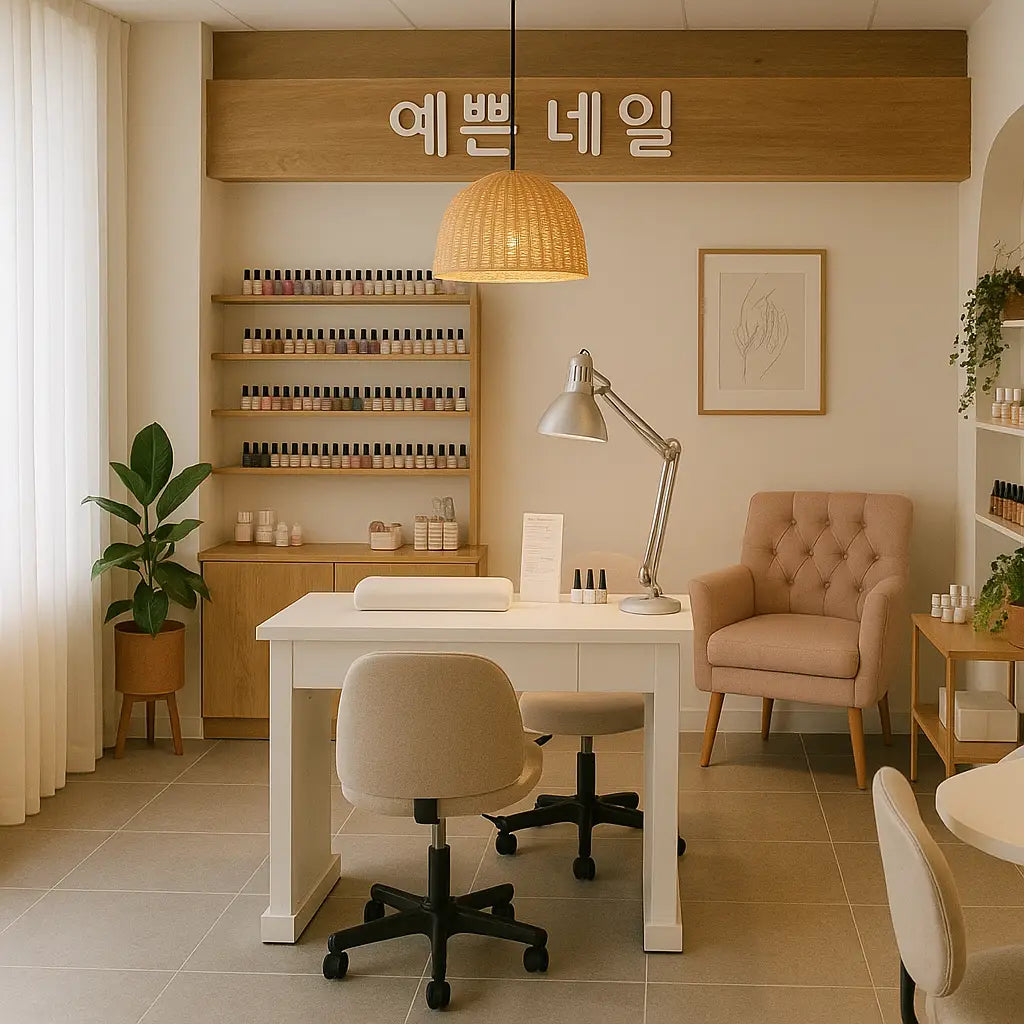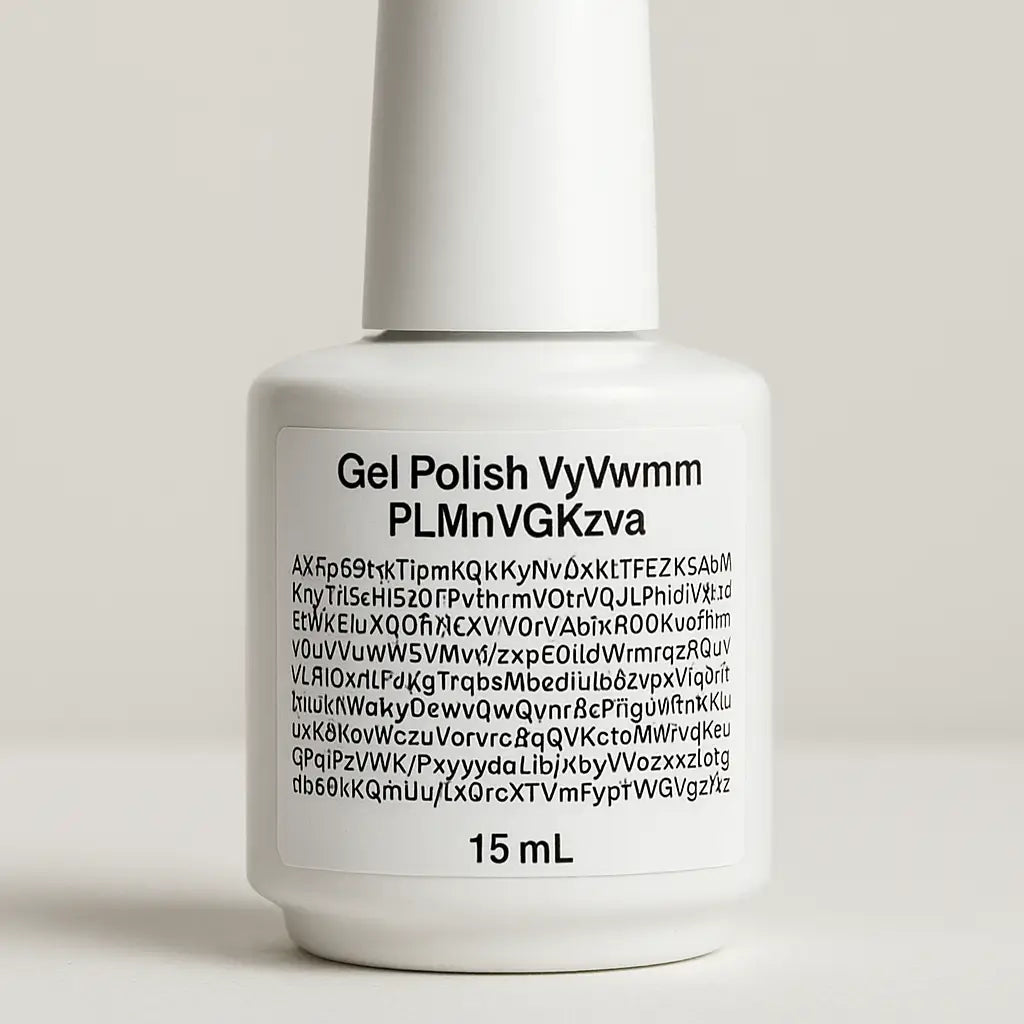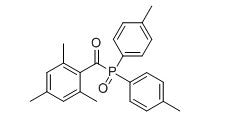Korean nail products are globally admired for their innovation, vibrant colors, and lasting performance. For European nail technicians, incorporating these products into salon services offers a competitive edge. However, many professionals unknowingly place themselves—and their clients—at serious legal and health risk by ordering directly from non-EU suppliers.
Contrary to what many believe, the European Union does not perform safety assessments on cosmetic products. Responsibility lies entirely with the importer and their designated Responsible Person (RP). When you order directly from Korea or outside the EU, and use those products in your salon, you become the importer—and legally responsible.
This article explains why EU-based nail technicians should only purchase Korean nail products from a compliant EU webshop, and what is at stake when they don’t.
1. EU Law: You Are the Importer and the Responsible Party
Under EU Regulation (EC) No 1223/2009, all cosmetic products—including professional-use nail gels and builder gels—must:
• Be notified in the CPNP (Cosmetic Products Notification Portal)
• Have a Cosmetic Product Safety Report (CPSR) by a qualified cosmetic safety assessor
• Be linked to an EU-based Responsible Person (RP) who ensures legal and toxicological compliance
• Be properly labeled with ingredients, batch numbers, and warnings in accordance with EU standards
When you buy from a non-EU website or import products personally, and use them on clients, you are the importer—and you also assume the role of the Responsible Person by default.
This means you are legally liable for:
• Ensuring a safety assessment was performed
• Correct labeling and traceability
• Adverse reactions or injuries caused by the product
If you cannot provide a CPSR or proof of CPNP notification during an inspection, you are using the product illegally under EU law.
2. The Misconception: “The EU Takes Care of Safety”
Many technicians assume that if a product is on the market, it must already be tested and approved. This is a dangerous misunderstanding.
The EU does not evaluate cosmetic products before they reach the market. Instead:
• The importer must ensure a safety assessor has completed a CPSR
• A Responsible Person must register the product in the CPNP
• The product must comply with ingredient restrictions and labeling rules
When you order from a trusted EU-based webshop, these obligations are met. When you import yourself, no one is doing this work for you, and you are fully exposed—legally and professionally.
3. The Real Risks for Nail Technicians Using Non-Compliant Products
Using non-notified and non-assessed products from outside the EU carries serious consequences:
Legal & Regulatory Risks
• You are using products illegally under EU law.
• If inspected by authorities, products can be confiscated, and you may face fines or formal warnings.
• In the event of a client injury, you may be held liable in civil court.
Insurance Invalidity
• Most professional liability insurance policies require that products used are compliant with EU regulations.
• If your product was not notified and assessed, your insurance might not cover damage or injury.
• You could be personally responsible for legal costs, medical bills, and compensation.
Health Hazards
• Imported cosmetic products that are not properly notified or safety assessed according to EU regulations may contain substances restricted or banned in the EU due to allergenic, carcinogenic, mutagenic, or reprotoxic concerns.
• Without proper labeling or batch tracking, you cannot trace ingredients or respond to adverse effects.
• Improperly formulated products can cause permanent allergies, skin sensitization, and chemical burns—not only for clients, but for you as the technician too.
Over time, sensitization from repeated exposure can mean you are no longer able to work with nail products at all—a career-ending health outcome.
4. Korean nail products sold from a trusted EU webshop must be:
• CPNP-notified products, as required by law
• Products underwent a Cosmetic Product Safety Report (CPSR) by a certified cosmetic safety assessor
• A clearly designated EU-based Responsible Person (RP) who ensures regulatory compliance
• Products are correctly labeled in the official EU language(s), with the required warnings and ingredients
• In the event of an incident, you can prove you used a legally placed product—protecting you in front of authorities and insurance companies
5. Even If You’re Just Starting Out—It Matters
Even beginner or part-time nail techs using products on friends or for training purposes are not exempt:
• If someone reacts badly to a non-compliant product, you are liable
• You may not be able to get insurance at all without proving the use of registered, compliant products
• Using illegal or misbranded products can damage your professional reputation, client trust, and ultimately your business growth
Conclusion: Your Safety, Clients, and Career Deserve Protection
Korean nail products are powerful tools for creativity and client satisfaction—but only when they are legally placed and professionally assessed. As a nail technician in the EU, your clients’ safety, your legal liability, and your insurance coverage all depend on using compliant products.
By purchasing from a trusted EU-based webshop, you protect:
• Yourself from exposure to hazardous substances
• Your clients from health risks
• Your business from legal and financial loss
Hope to have informed you sufficiently, but feel free to reach out if you have additional questions.










